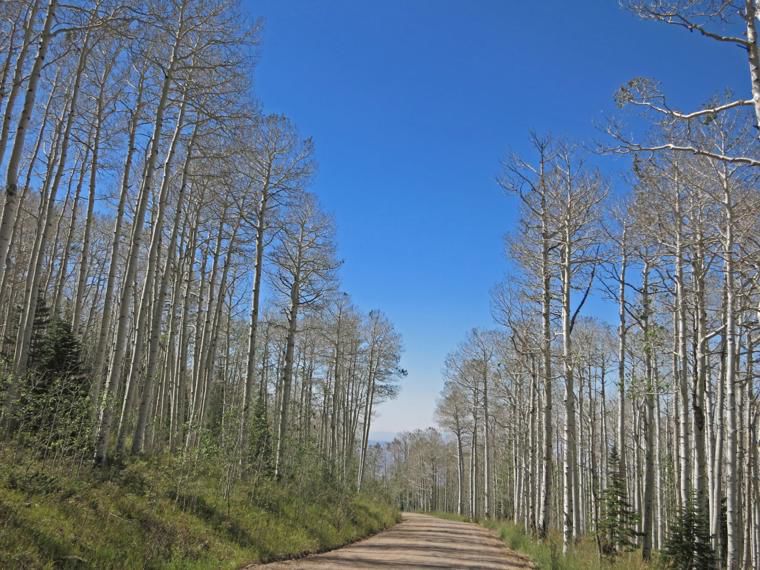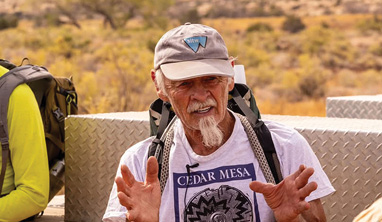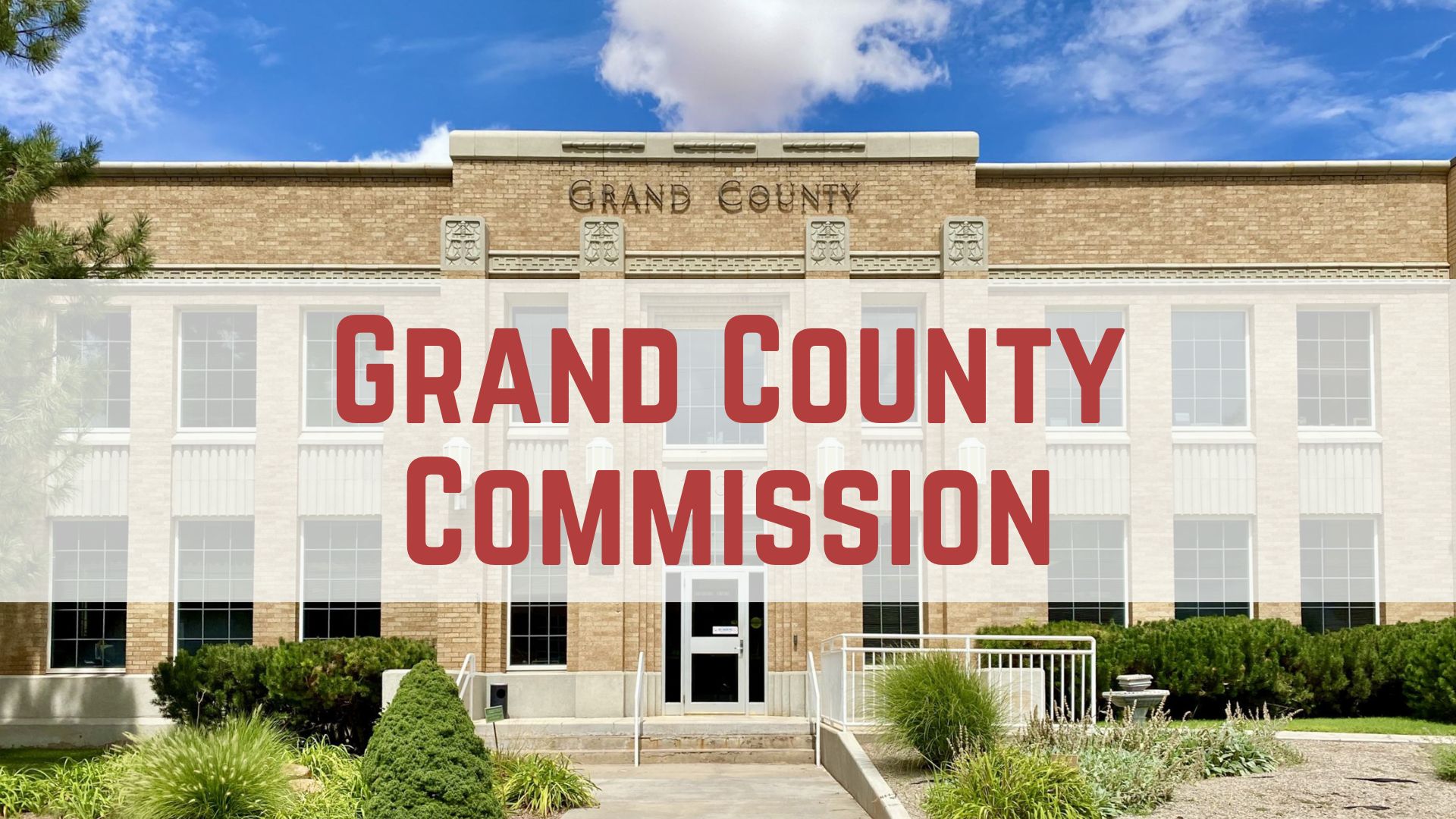Some information may be outdated.
For the sake of local watersheds, wildlife habitat and public health, inventoried roadless areas on National Forest lands near Moab should remain protected under a 2001 federal rule, county officials said last week.
The Grand County Council voted 5-1 on Wednesday, Nov. 7, to send state officials a letter in support of the Roadless Area Conservation Rule. Curtis Wells voted against the majority, and Rory Paxman was absent from the meeting.
State officials previously sought counties’ input on a planned petition asking federal regulators to begin a process that establishes new management provisions for inventoried roadless areas in Utah.
Utah Public Lands Policy Coordinating Office Director Kathleen Clarke said in a letter to county officials statewide that the 2001 rule does not take Utah’s unique forests and needs into full consideration.
“The Roadless Rule, though maybe well-intended, has impeded active forest management and, in some cases, even limited local and state governments from protecting homes and property from the threat of wildfire,” Clarke wrote. “We believe there is an opportunity to review the current Roadless Rule and, in places throughout the state, modify the rule to better manage our forests, further protect homes and property, and ensure healthy watersheds and wildlife habitat.”
But council member Greg Halliday, who also serves as the Castle Valley Fire Department’s training officer, said he worries that greater vehicular access to roadless areas like Horse Mountain could actually worsen the fire danger in the La Sal Mountains.
Based on his experiences, he said, most backpackers have usually been “a little bit more responsible” when it comes to concerns about wildfires. As a wildland firefighter, Halliday believes that officials “could be asking for a lot of problems” if more and more visitors in the woods don’t have any consideration of local fire conditions.
“The concern I have is that if you put a road up there, you invite people to go up there,” Halliday said. “You invite people to go up there in vehicles, and if you don’t have a road, you don’t have anyone going up there in vehicles.”
Wells countered that Utah officials believe the changes they’re seeking will give the state and the U.S. Forest Service more flexibility to manage unhealthy forests and prevent wildfires.
“I guess what I’m saying is, until we really dig down on that and understand that outside of the politics … I would like to take the time to actually go through the assessment and respond,” Wells said. “Maybe there’s one of these areas where the Forest Service and the council agree that joining this petition on one of these roads would make sense. Until we’ve actually assessed that, I don’t want to respond and tell them, ‘Thanks, but no thanks.’”
Wells said he spoke with a Forest Service representative at a recent open house, and that person brought unspecified concerns about local forest management to his attention.
“We didn’t get into the specifics of things, but he outlined to me very clearly: There areas of great concern to him on the La Sal Mountains for forest health … and felt that we quote-unquote dodged a bullet last year, so here’s my concern: In the letter, you’re coming down on this issue and you’re telling the state, ‘No, thanks,’” Wells said.
CONTROVERSY OVER RULE DATES BACK TO CLINTON ERA
The U.S. Department of Agriculture — which oversees the U.S. Forest Service — adopted the roadless rule in the final days of former President Bill Clinton’s administration. It generally prohibits road construction and timber harvesting on 58.5 million acres of inventoried roadless areas nationwide.
State officials say the rule led to prohibitions on road construction and reconstruction — as well as timber harvesting — on 4,013,000 acres of 8,179,000 acres in Utah. That’s more than 49 percent of all National Forest lands in the state, they say.
Council member Jaylyn Hawks, who presented the council with a draft version of the county’s response to Clarke’s office, questioned the state’s rationale for the changes it’s seeking.
She said she spoke recently with Forest Service representatives about the rule, and they confirmed that in Grand County, at least, it allows for temporary road construction and access to perform forest-restoration and fire-prevention activities.
“They said, ‘No, the roadless rule does not prohibit temporary road (construction activities in Grand County) for those purposes,’ and so I feel like we already have the mechanism to do that,” she said.
According to Hawks, a 2016 state memo calls for the revocation of the roadless rule and the reinstatement of timber production on lands that the Forest Service is managing as roadless areas.
“To me, that goes way beyond what they’re currently saying we need to do with this roadless rule,” Hawks said.
That position, she said, also conflicts with the county’s resource management plan, which supports the preservation of roadless areas.
If it were up to Wells, however, he said he would handle the county’s response differently.
“My approach … is to take the time to properly survey these areas; go out with the professionals (and) the forester, and actually understand what it is that would be made available to them additionally that the state’s referencing to give them the ability to better fight these fires, and not make such an unnecessary issue out of it,” he said. “Because they’re very clearly saying that they don’t want indiscriminate logging, and it’s been acknowledged that logging is no longer or hardly economical on the mountain, so the insinuation that this is some scheme to get a logging company here — I don’t agree with that.”
Hawks, however, noted that revisions to the Manti-La Sal National Forest’s management plan are currently underway, and she would rather see that process play out, with input from the county council.
“If the roadless rule needs to change, we could have an opportunity to do that in this very well-thought out (revision process),” she said. “They give the opportunity for lots of public engagement (and) stakeholder engagement.”
Council chair Mary McGann also voiced support for the Manti-La Sal National Forest’s process to revise its overall plan, which she called “pretty comprehensive” and open to the public.
“It’s being researched and dealt with, and part of the plan is to deal with areas that are high with fire (-related danger), so I want that process to go through,” McGann said.
Wells splits with majority on response to state petition
“The concern I have is that if you put a road up there, you invite people to go up there.”
Appreciate the coverage? Help keep local news alive.
Chip in to support the Moab Sun News.





